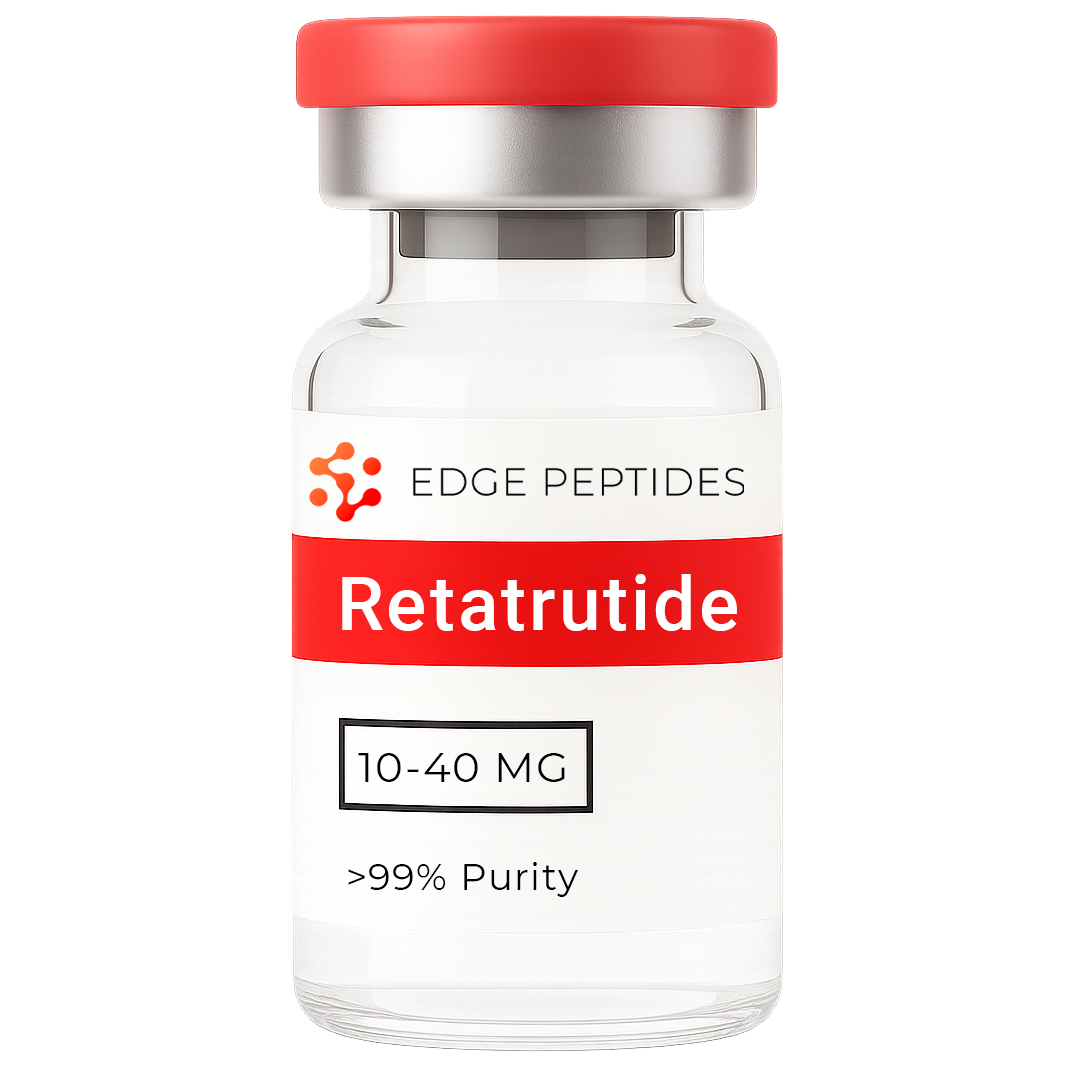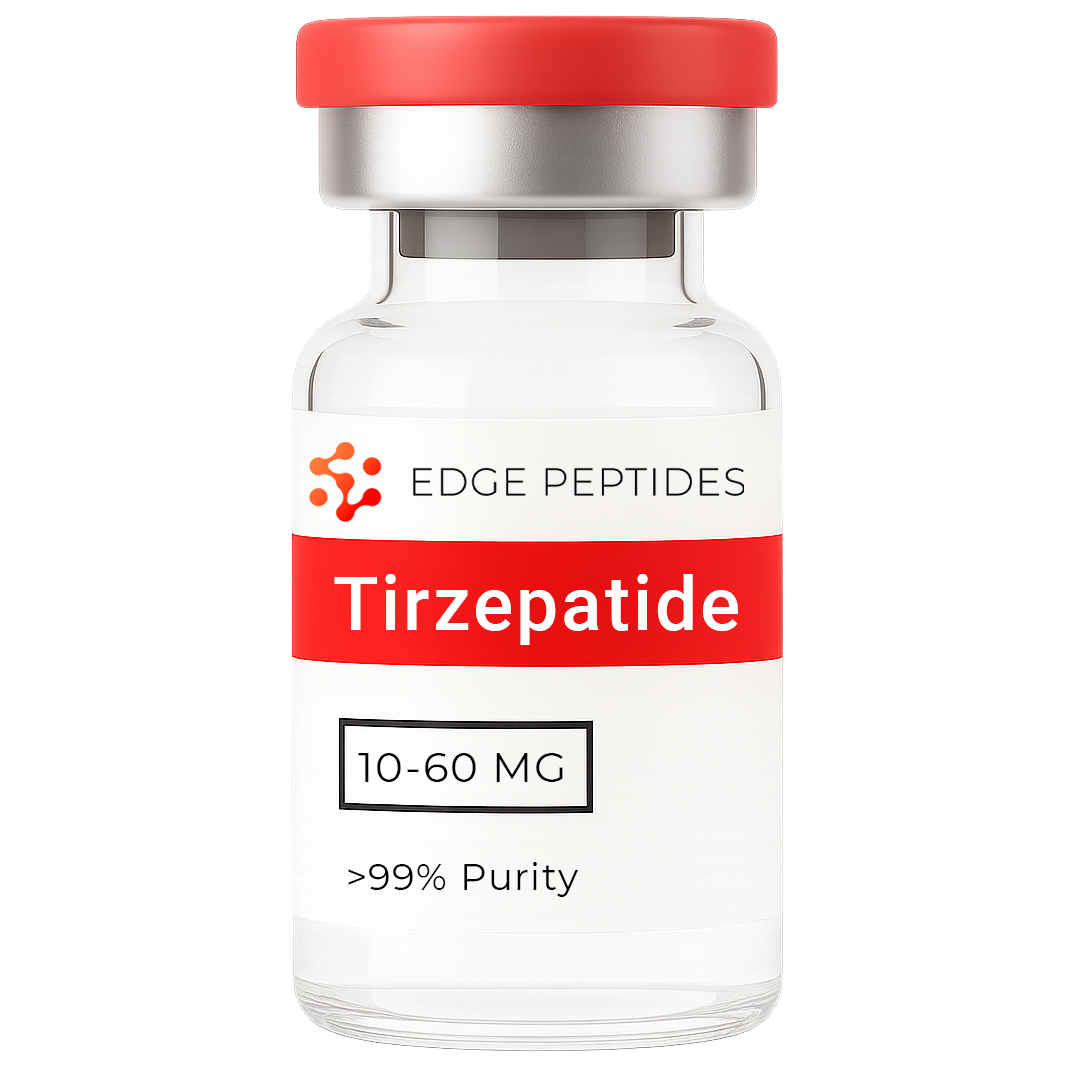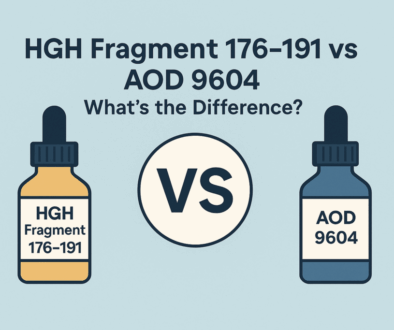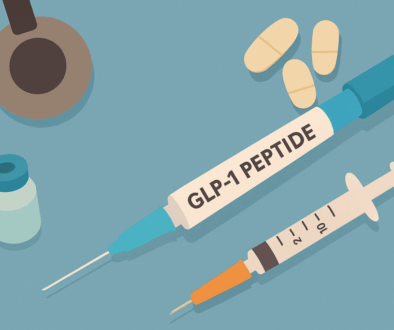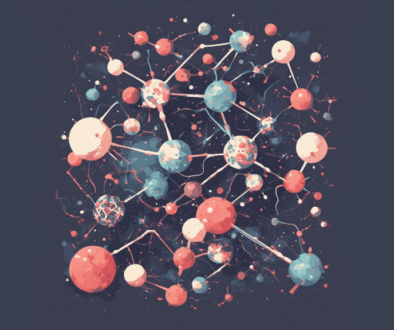GLP-1 Peptides and Food Noise: Understanding the Connection

In recent years, GLP-1 receptor agonists like semaglutide (Ozempic/Wegovy) and tirzepatide (Mounjaro/Zepbound) have revolutionized weight management and diabetes treatment.
One of the ways these peptides work is by combating what’s known as food noise: intrusive thoughts related to food.
Emerging evidence suggests that GLP-1 peptides are effective at reducing food noise, providing both physiological and psychological benefits that contribute to their effectiveness in weight management. Here’s what you need to know about GLP-1s and food noise.
Quick Summary:
-
GLP-1 peptides like semaglutide and tirzepatide help reduce food noise: intrusive thoughts about food that can disrupt daily life and lead to unhealthy eating habits.
-
These peptides work by influencing appetite control, increasing feelings of fullness, and affecting brain reward systems, which not only help with weight loss but also improve psychological well-being, such as reducing emotional eating and feelings of guilt.
-
Research on GLP-1 peptides and food noise is still evolving, with future studies aiming to refine our understanding and improve strategies for managing food-related thoughts in diverse populations.
Table Of Contents
The Concept of Food Noise
A Measurable Phenomenon
Psychologically, individuals may experience increased attentional biases toward food, leading to intrusive thoughts and cravings. These responses can be assessed using various methods, including functional magnetic resonance imaging (fMRI) to observe brain activity, eye-tracking technologies to measure attentional focus, and questionnaires designed to evaluate food craving and cue responsivity (2).
The Food Noise Questionnaire
One such questionnaire was developed by a group of researchers in 2025. Called the Food Noise Questionnaire (FNQ), they tested its effectiveness in 396 people. The researchers concluded that the FNQ was a reliable and easy-to-use tool that helps measure food noise accurately (1).
Understanding food noise is crucial, as it can significantly impact eating behaviors and overall well-being. By identifying and addressing the factors that contribute to food noise, interventions can be developed to mitigate its effects, promoting healthier relationships with food and reducing the risk of maladaptive eating behaviors.
Join Our Newsletter — Get 15% Off
Get the latest offers, peptide research insights, and stock updates.
Understanding GLP-1 Peptides
Glucagon-like peptide-1 (GLP-1) is a naturally occurring peptide hormone produced in the intestines in response to food intake.
GLP-1 receptor agonists (GLP-1 RAs) are compounds (mostly peptides) that mimic this hormone but with enhanced potency and duration of action. They work through multiple mechanisms, including:
- Slowing gastric emptying, which leads to prolonged feelings of fullness
- Increasing insulin secretion and decreasing glucagon release, improving blood glucose control
- Directly affecting appetite regulation centers in the brain
The first GLP-1 receptor agonist, exenatide, was approved by the FDA in 2005 for type 2 diabetes. Since then, many others have entered the market, including liraglutide and the now widely-known semaglutide (Wegovy/Ozempic) and tirzepatide (Mounjaro/Zepbound).
While initially approved for diabetes management, these drugs later received approval for obesity and weight management.

The GLP-1-Food Noise Connection
People using GLP-1 receptor agonists have reported a significant reduction in food noise, experiencing less frequent and intense food-related thoughts, which has positively impacted their ability to adhere to dietary plans and make healthier food choices (2).
In particular, most people argue that semaglutide is the best GLP-1 for reducing food noise, whereas tirzepatide is less effective. However, this can differ from person to person as everyone responds to GLP-1s differently.
This phenomenon appears to go beyond simple appetite reduction and may represent a fundamental shift in how the brain processes food-related information.
Here’s how GLP-1s seem to work to reduce food noise:
- Appetite Regulation: influencing areas of the brain responsible for appetite control, leading to reduced food cravings and a diminished preoccupation with food.
- Satiety Enhancement: slowing gastric emptying, prolonging feelings of fullness and decreasing the frequency and intensity of food-related thoughts.
- Reward System Modulation: potentially altering dopaminergic pathways in the brain’s reward centers, reducing the reinforcing effects of food and potentially curbing compulsive eating behaviors.
GLP-1 RAs present a promising approach to reducing food noise by modulating appetite, enhancing satiety, and influencing brain reward systems, thereby supporting healthier eating behaviors and improved quality of life.
Interestingly, early studies also indicate that GLP-1 RAs can potentially reduce substance use or compulsive behaviors other than eating (e.g., alcohol use, smoking, compulsive shopping).
Beyond Weight Loss: Psychological Benefits
The reduction in food noise appears to confer psychological benefits that extend beyond weight loss itself. When the mental space previously occupied by food-related thoughts is freed, many people report:
- Improved concentration and productivity
- Reduced feelings of shame and guilt around eating
- Decreased emotional eating patterns
- More mindful and enjoyable eating experiences
- Greater sense of control over food choices
For many individuals with obesity, food has often been a source of comfort, stress relief, or reward. By modulating the reward value of highly palatable foods, GLP-1 receptor agonists may help break emotional eating cycles.
The psychological relief from constant food preoccupation may be as valuable as the weight loss itself for many individuals.
Food Noise Research: What’s Next
The connection between GLP-1 receptor agonists and reduced food noise represents an important frontier in our understanding of obesity treatment.
Beyond their direct effects on appetite and metabolism, these medications appear to quiet the constant mental chatter about food that many individuals with obesity experience, providing both physiological and psychological relief.
Having said that, food noise is still a relatively new concept and more research is needed to fully understand it. Future research directions might include:
- Standardized measures of food noise that could be incorporated into clinical trials
- Neuroimaging studies specifically examining changes in food-related cognitive processing with GLP-1 treatment
- Behavioral interventions designed to maintain reduced food noise when GLP-1s are discontinued, such as mindfulness
- Exploration of food noise in diverse populations and eating disorders
As our understanding of food noise and its relationship to weight regulation continues to evolve, we may discover new ways to help individuals achieve healthier relationships with food—whether through peptides, behavioral strategies, or combinations of approaches that reduce the cognitive burden of constant food-related decisions.
Shop Peptides
-
- Diktas, Hanim E., et al. “Development and validation of the Food Noise Questionnaire.” Obesity (2025).
- Hayashi, Daisuke, et al. “What is food noise? A conceptual model of food cue reactivity.” Nutrients 15.22 (2023): 4809.
- https://cmx.weightwatchers.com/assets-proxy/weight-watchers/image/upload/v1705443369/visitor-site/prod/us/WeightWatchers_Consumer_Landing_Page_2024.pdf

